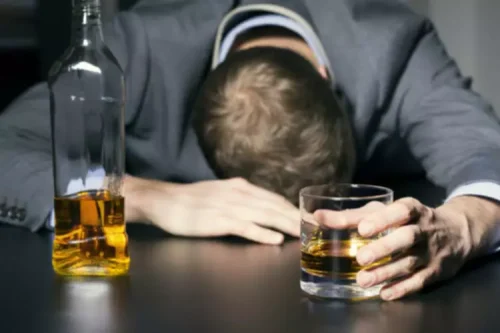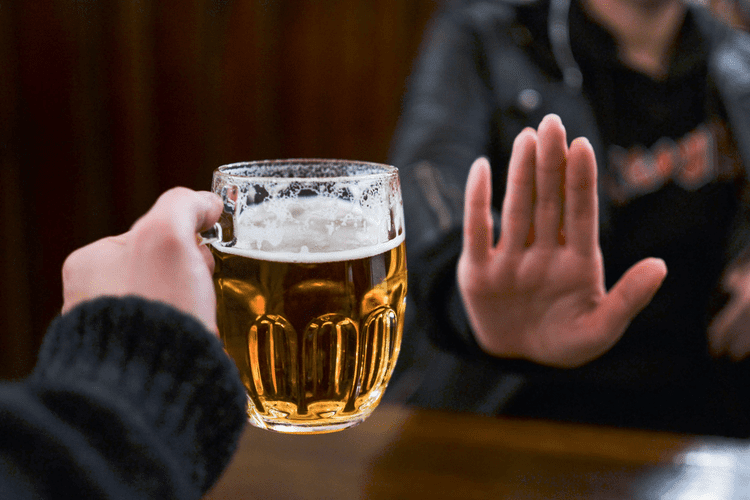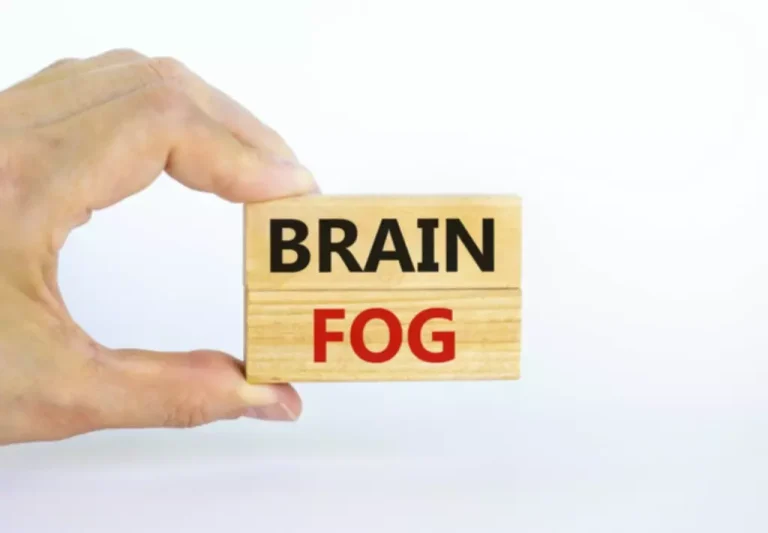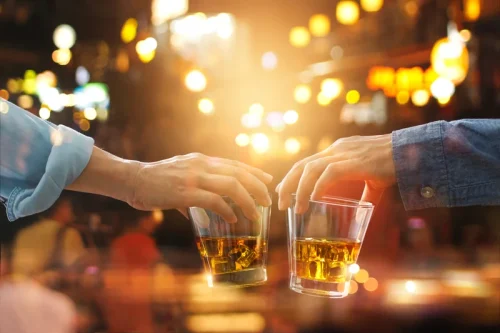
Like diabetes, high blood pressure can damage blood vessels in the kidneys. When the kidneys are under pressure, they cannot function properly. It is vital to keep blood pressure in check through lifestyle changes and medications. Certain pre-existing conditions can heighten the risk of kidney damage. Understanding these conditions is important for maintaining kidney health. However, if you have chronic kidney disease, you shouldn’t drink at all.
Tips for Reducing Alcohol Consumption
You probably never realized that the liver doesn’t simply aid your digestive system; it regulates the flow of blood to the kidneys. Therefore, when the liver is damaged due to excessive alcohol intake; it fails to regulate how much blood flows into the kidneys, and is filtered, placing them under undue strain. PKD is a genetic condition where fluid-filled cysts form in the kidneys, impairing their function.
The Emotional Impact of CKD
Also, when you drink alcohol, the kidneys become dehydrated. Moderate drinking can be a part of a healthy lifestyle, but it’s important to understand the effects that chronic drinking (frequently drinking over the recommended daily consumption) can have on the body. Drinking excessively can cause your kidneys to decrease their ability to filter your blood.
- Too much alcohol use can lead to liver disease called hyperalbuminemia.
- Binge drinking can lead to acute kidney injury (AKI), a sudden drop in kidney function that can sometimes lead to lasting damage.
- Some sources state that excessive drinking may cause acute kidney injury, and there may be a link between regular heavy drinking and chronic kidney disease.
- However, if your kidneys are damaged in any way, your whole body suffers.
- If you’ve recently been diagnosed with kidney cancer, your doctor may suggest certain lifestyle changes as part of your treatment plan.
Acute kidney injury
Patients with alcohol-induced liver cirrhosis show a great tendency to retain salt (i.e., sodium chloride), and their urine frequently is virtually free of sodium. A progressive accumulation of extracellular fluid results, and this excess fluid is sequestered primarily in the abdominal region, where it manifests as marked swelling (i.e., ascites) (see figure). In addition, excess fluid accumulates in spaces between cells, clinically manifested as swelling (i.e., edema) of the lower back and legs. As long as cirrhotic patients remain unable to excrete sodium, they will continue to retain the sodium they consume what is Oxford House in their diet. Consequently, they will develop increasing ascites and edema and experience weight gain.

How Alcohol Affects Your Kidney Health
Remember, it’s never too late to prioritize your kidney health. Alcohol’s suppression of ADH increases urine production, promoting fluid loss even when the body needs retention. This diuretic effect is more pronounced with high-alcohol beverages like spirits than with lower-alcohol options like beer or wine. When fluid loss exceeds intake, dehydration strains the kidneys’ ability to regulate electrolytes and filter blood properly. Those consuming alcohol in warm environments or during physical activity face an even higher dehydration risk.

Our caring staff is waiting to show you how to take your life back. However, some feel kidney pain between the buttocks and the lower ribs. But, it may not cause pain until after you stop drinking. According to the NKF, one potential symptom of AKI is flank pain, which is pain in the side of the back, between the ribs and hips. There are no specific studies suggesting that certain types of alcohol are worse on the kidneys than others. Nonetheless, the reviewers note that alcohol metabolism produces free radicals and other harmful by-products that are known to damage the body’s organs and tissues.
- It also explains the consequences of heavy drinking and whether it’s possible to recover from liver damage after heavy alcohol use.
- Without adequate blood flow, the kidneys struggle to remove waste products and excess fluid from the blood.
- The few studies focusing on alcohol’s direct effects on perfusion in human kidneys suggest that regulatory mechanisms retain control over this component of kidney function despite alcohol consumption.
- Reaching out for help isn’t weakness, it’s courage that paves the way to reclaiming your life.
- Damaged DNA can cause a cell to grow out of control, which results in cancerous tumors.
- Depending on whether you’ve eaten recently or not, alcohol’s effects usually hit somewhere between 15 to 45 minutes after consumption.
- All of these benefits can contribute towards a healthily functioning kidney, since we know that the kidneys also play a role in regulating blood pressure levels.
- Furthermore, clinicians sometimes overlook the fact that fluids taken with medications also must be restricted for these patients and mistakenly bring pitchers of juice or water to their bedsides.
- You will typically urinate more because of the flushing of alcohol from the body.
- In many patients with liver cirrhosis, the kidneys’ ability to create dilute urine is compromised, leading to a state of abnormally low sodium concentration (i.e., hyponatremia).
At first, you might not have any symptoms of kidney damage from regular alcohol consumption. As the kidneys become overworked from heavy alcohol consumption, they will be less able to filter blood and maintain the correct water balance in the body. Having an occasional glass of alcohol may not cause any harmful effects if your kidney functions regularly.
Autoimmune Conditions
- Even those who only have two drinks per day may have a higher risk of high blood pressure, a leading cause of kidney disease.
- Exercise improves immune system function and can limit the risk of liver cancer.
- Alcoholic patients also may develop low blood levels of phosphate by excreting too much of this ion into their urine.
According to a study of adult male drinkers published in the National Library of Medicine, moderate drinkers exhibited a lower chronic kidney disease prevalence than non-drinkers and heavy drinkers. In order to understand the impact of alcoholic beer on the liver, we need to first take a look at how a healthy functioning https://ecosoberhouse.com/ liver works. The liver is one of the largest organs in your body, performing a wide range of important metabolic functions. Its chief function is to process the nutrients in our diet and convert them into substances that our bodies can use, storing these substances and supplying our cells with them as they are needed. Maintaining a healthy diet and engaging in physical activities can reduce the risk of kidney cancer (31, 32).
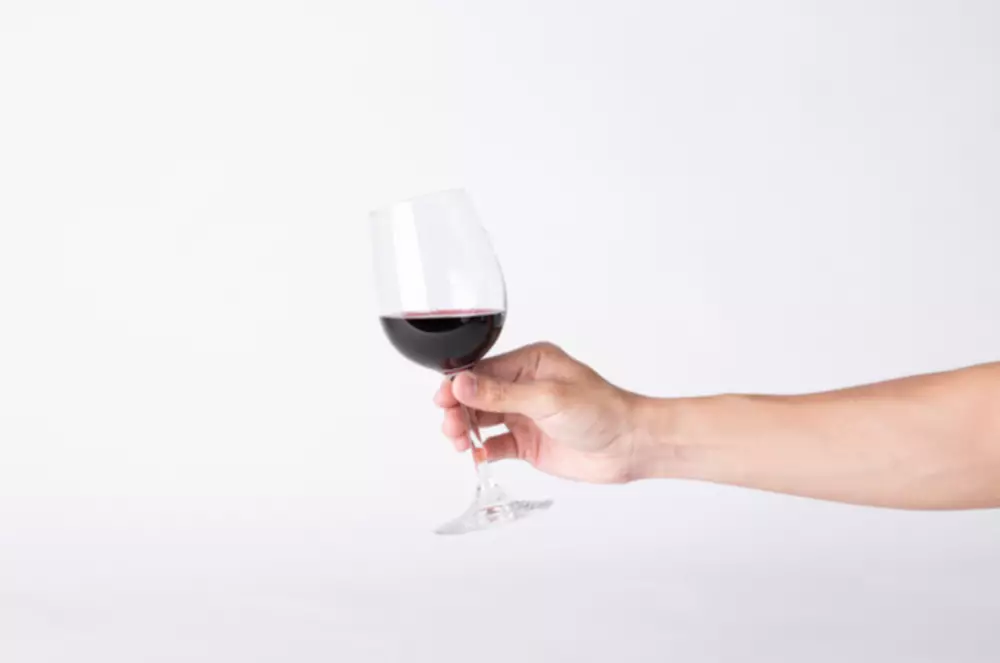
This can result in diabetes, which increases your risk for kidney disease. Over time, high blood sugar levels can reduce your kidneys’ ability to function. Alcohol-related liver disease puts you at risk of liver cancer. While the cause is not entirely known, the production of reactive oxygen species created by the breakdown of alcohol is known to damage the DNA of many cells in the what are the first signs of kidney damage from alcohol? body, including liver cells. Over time, this can cause hepatocytes to replicate abnormally, resulting in liver cancer.

